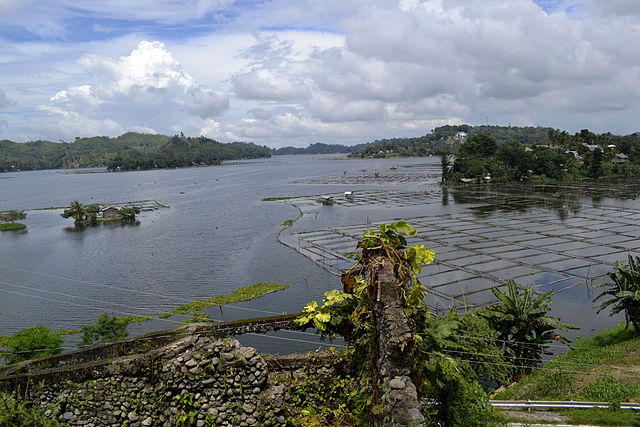
KORONADAL CITY, South Cotabato — Fisherfolk in Lake Sebu have opted to limit the area devoted to aquaculture production to only 10 percent of the lake’s water surface.
The decision was reached in a general assembly of the town’s fish cage operators on Monday to discuss the rehabilitation plan of the lake, which was recently affected by a fish kill that left nearly P126 million worth of damage to the town’s inland fishing industry.
About 500 fish cage operators participated the assembly organized by the local government unit. Also in attendance were officials from Office of the Provincial Government and Bureau of Fisheries and Aquatic Resources.
Lake Sebu Mayor Antonio Fungan said, the fish cage operators were presented three options: enforcement of the law limiting portion of a lake to be used for aquaculture to only 10% of the water surface, halting fish production for a single season, and moratorium in fish production for at least a year,
“The fish cage operators chose the option to regulate the area of the lake for tilapia production to only 10 percent,” Mayor Fungan said.
According to estimates from the Office of the Provincial Agriculturist about 34 percent of the the 354-hectare Lake Sebu is currently devoted to fish production.
“At present Lake Sebu has more than 6,000 fish pens owned by more than 400 fish cage operators,” the local chief executive said. “With the decision to reduce the area for fish production, each fish cage operator should only maintain about 4 to 6 cages.
Fungan said the demolition of the excess fish pens should immediately be pursued along with the cleanup of the lake and its surroundings while the production areas are still empty and are unsafe for releasing of fingerlings.
In a separate interview, South Cotabato Gov. Daisy Avance-Fuentes agreed that declaring a moratorium in tilapia production is not a viable option because it is a major source of income in Lake Sebu.
Tilapia cuisine is a also among the primary tourism product in the area.
Gov. Fuentes also warned local government officials that they could face legal charges if they continue violating the Fisheries Code, specifically the provision on regulating the zones for aquaculture purposes.
Section 51 of the Philippine Fisheries Code of 1998 (Republic Act 8550) states: “…not over ten percent (10%) of the suitable water surface; area of all lakes and rivers shall be allotted for aquaculture purposes like fish pens, fish cages and fish traps; and the stocking density and feeding requirement which shall he controlled and determined by its carrying capacity…” (DEDoguiles-PIA12)








